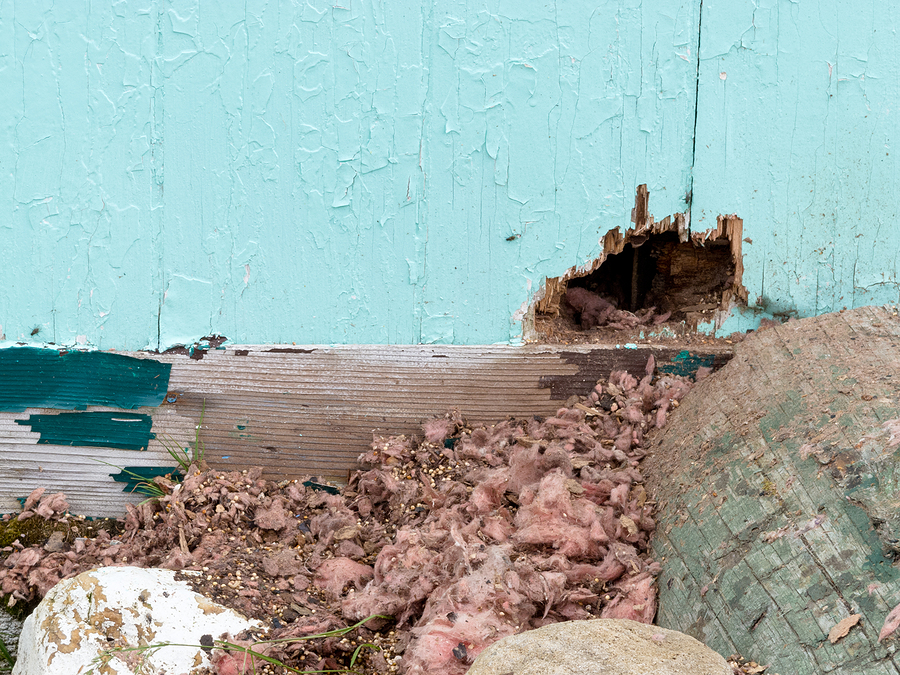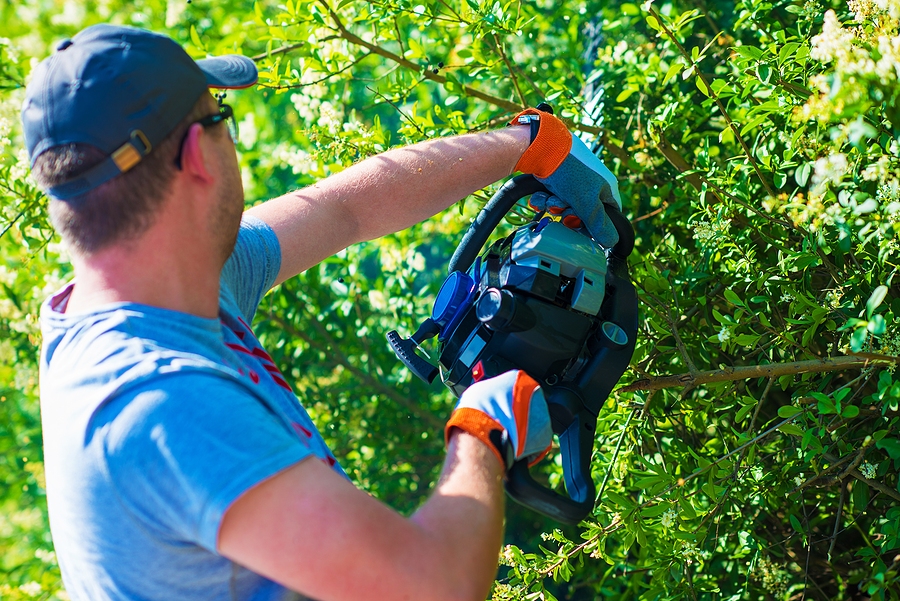Have you spotted an opossum scurrying across your yard at night? You’re not alone. These nocturnal creatures often find their way into residential areas, causing headaches for homeowners, gardeners, and property managers alike. This blog will guide you through understanding opossums, detecting their presence, and implementing effective control methods, ensuring your property remains opossum-free.

Get to Know the Virginia Opossum (Didelphis virginiana)
Opossums are North America’s only marsupial. Known for their nocturnal habits, these creatures are omnivores, feeding on anything from fruits and insects to small animals and garbage. Their adaptability makes them common in both rural and urban areas. While opossums can play a role in the ecosystem by controlling pests, they become nuisances when they invade human spaces. They may forage in garbage cans, create nests under decks, and even prey on ornamental plants.
Top Signs of an Opossum Infestation
How do you know if opossums have made themselves at home on your property? Look for these telltale signs:
- Tracks and Droppings: Opossums leave behind distinct tracks and droppings. Their footprints show five-fingered impressions, while their droppings are typically dark and cylindrical with pointed ends.
- Noises at Night: If you hear rustling, scratching, or other noises at night, it might be due to opossums. They are nocturnal and usually active after sunset.
- Damage to Structures: Check for signs of gnawed wood, disturbed insulation, or damaged screens. Opossums often seek shelter in attics, basements, and under decks.
Health and Safety Concerns
Opossums can pose several health and safety risks. They are carriers of various diseases such as leptospirosis, tuberculosis, and tularemia. Their droppings may harbor parasites like fleas and mites, which can infest pets and humans. Additionally, opossums can cause significant property damage by chewing through electrical wires, insulation, and wooden structures. Their presence can also attract other predators, creating a more significant issue on your property.
Prevention Strategies
To deter opossums, consider the following prevention strategies:
- Secure Trash Cans: Use sturdy, sealed trash cans to prevent opossums from scavenging. Store garbage indoors until collection day whenever possible.
- Remove Food Sources: Clean up fallen fruit, pet food, and birdseed from your yard. These easily accessible food sources can attract opossums.
- Block Entry Points: Inspect your property for potential entry points. Seal gaps under decks, porches, and sheds. Install screens over vents and chimneys to keep opossums out.
Humane Removal Methods
If opossums have already invaded, humane removal methods are essential:
- Natural Repellents: Certain scents, like garlic, ammonia, and predator urine, can deter opossums. Place these repellents around your property where opossums are active.
- Professional Wildlife Control: For a guaranteed and humane approach, contact a professional Richmond animal removal service. They have the expertise to remove opossums safely and efficiently.
Wildlife Control Legalities
Understanding local ordinances and regulations is crucial before taking action. In some areas, it is illegal to trap and relocate wildlife without a permit. Always check with local authorities or wildlife organizations to ensure compliance with the law. Professional wildlife control services are often well-versed in these regulations and can handle the legal aspects for you.
Post-Infestation Guide
After removing the opossums, take steps to prevent their return:
- Repair Damages: Fix any structural damages caused by the opossums. This includes sealing holes, repairing gnawed wires, and replacing damaged insulation.
- Regular Inspections: Conduct regular inspections of your property to identify and address any new entry points. Keep an eye out for signs of opossum activity.
- Use Opossum Deterrents: Continue using natural repellents and maintain secure trash cans and food sources to keep opossums at bay.
Conclusion
Opossums might be a part of the natural ecosystem, but they can cause significant problems when they invade human spaces. By understanding their habits, detecting their presence, and implementing these strategies, you can effectively control and remove opossums from your property. Timely and humane intervention is key to ensuring the safety and well-being of your home and garden.
If you are looking for professional and reliable wildlife control for these nocturnal nuisance critters, you are in the right place. Contact Virginia Wildlife Pros at 804-292-0156 for opossum removal and control in Richmond and its surrounding counties. Our team is dedicated to helping you maintain an opossum-free environment with expert care and effective solutions.
Related Posts:
The Secret Life of Opossums: A Closer Look at Their Daily Routines
Opossum Control Tips for Homeowners
Dealing with Nuisance Opossums in Your Yard: What You Need to Know









